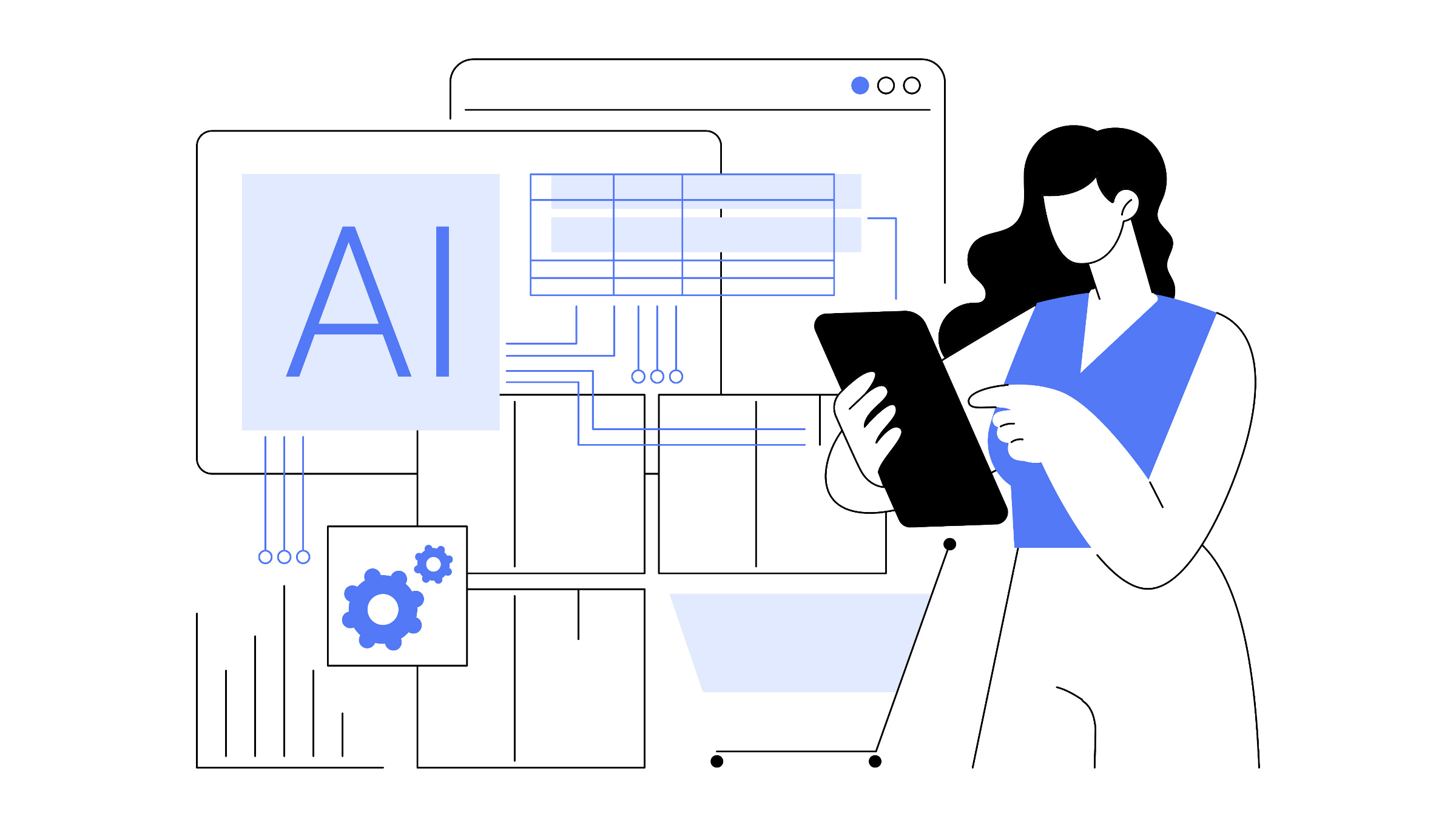
Checks are needed to guide the development of guard-rails for ethical and responsible community-engaged computing research. The era of "move fast and break things" can produce false starts, injured communities, and widespread techlash. The tech sector can be more socially conscious and focus on community engagement using research from universities, computing researchers, and professionals. For example, smart cities might increase efficiency and improve quality of life, but for whom?10 Research shows how smart city initiatives can harm certain groups through, for example, facial recognition technologies that misidentify, produce ethnic bias and discrimination, or create opportunities for abuse.5 Technology benefits do not always accrue evenly across community members.
Ethics rarely keeps pace with technological innovation. Computing research in community-engaged projects all too often lacks tools for planning, engaging in, reflecting on, and evaluating whether the projects may bring unintended negative impacts. Computing professionals and researchers must navigate this complex ethical landscape as they bring value to communities. The key lesson, learned repeatedly but often forgotten, is from the parable of the tortoise and the hare. Proceeding with care produces lasting results. We explore the value of continuous checking for community-engaged research that provides guidance, so that innovation makes a positive contribution to societal well-being.
Common Problems in Community-Engaged Research
Civic and community-engaged research is often lauded, but conducting research in a community does not mean that a researcher follows ethical practices aligned with local social norms, is responsive to local communities' needs, or has adequately considered the potential unintended consequences. Harm is often caused even when no willful violation of ethics exists. For this reason, a deeper awareness of the responsibilities attendant to doing community-engaged research is urgently needed.
Universities and corporations have professed a focus on ethical practices of inclusion and advancement of research with public value, but often struggle to realize them in practice. Some common mistakes that community-engaged researchers make are:
- Conflating any community participation at any stage of the research as sufficient
- Not letting a group self-define as a "community"
- Not fully understanding the problem or its context
- Not grasping the existing community power dynamics
- Not planning mindful strategies for entrance into and exit out of communities
- Reinforcing existing biases and power imbalances
- Not being aware of the historical relationship between a community and academic institutions
- Placing essential stakeholders in roles of nonparticipation or tokenism
Whether initiated by municipal officials, private corporations, or university researchers, individual and community stakeholders are often largely missing from all stages of the design and decision-making processes in community-engaged research projects, particularly in marginalized communities.10
To provide societal value through community-based efforts, we must develop ethical approaches, best practices, and institutional safeguards for community-engaged research. There are no specific remedies that can be applied to avoid each of these common mistakes, but our recommendations reduce the likelihood of making any of them. Though far from comprehensive, the recommendations discussed next highlight an existing research lens, a methodology, and four best practices for inclusive community-engaged research.
Existing Approaches to Inclusive Community Engagement
Existing approaches can help computing professionals develop best practices for civic and community-engaged work. Researchers can adopt postcolonial computing as a way of thinking about community-engaged computing research and development.6,7 Postcolonial computing was inspired by the ethical challenges of transferring technological knowledge between disparate cultures and poses a new vision for computing research and practice. Whereas colonialism extends and dominates one entity's authority, values, or ideas onto another, postcolonial computing encourages us to reflect on the ways in which we may become a colonizing force, pushing a technology or practice onto a local community. Such interactions are fraught with potential for asymmetries of power between researchers and communities and may lead to a destructive logic of "us" knowing better and helping "them." A postcolonial computing lens requires computer science professionals to abandon the notion that their projects are about making things better for "other" cultures or communities. Rather, the focus becomes understanding the complex dynamics between researchers and community members, including local traditions and perceptions of power. Memorial University of Newfoundland's CLEAR Laba is an excellent example of a postcolonial approach to community-engaged research.
The partner readiness quiz acts as a type of humility audit, encouraging reflection and empathy before engagement.
Community Based Participatory Research (CBPR) offers concrete principles and procedures aligned with the postcolonial computing lens. In CBPR, the goal of research is to exercise "power with" individuals in a community, rather than exert "power over." CBPR envisions communities as entities defined from within, who already possess power and resources9 while simultaneously attending to social inequities and structural repression of power for certain individuals and communities.8 The focus is on communities engaging in research to address problems identified directly by the community and using the community's knowledge and resources to produce solutions within existing practices and local knowledge. CBPR recognizes that all members of a community have the right to be involved in decisions that affect their lives.2 It produces direct research outcomes and community capacity by involving people who can take actions to improve their own conditions3 while balancing research and action for the benefit of all.8 As part of CBPR, researchers, designers, and communities undertake ongoing conversation and reflection about which methods to use, what kinds of knowledge and pathways to action are being created, and who is served. Adopting postcolonial computing and CBPR approaches to community-engaged research reduces the likelihood of making the eight common mistakes described here; four concrete techniques that put these approaches into practice and can guide researcher activities.
An Updated Toolbox for Ethical Community-Engaged Research
The postcolonial computing lens and the CBPR methodology enable computing researchers and professionals to support community efforts while engaging in research with communities that provide real societal value. The authors' collective research experiences inform four additional key practices that are useful for computing research and design with communities.
First, project leads should conduct "readiness for partnership" checks to determine if computing professionals are ready to collaborate as equals with community members and vice versa. One of our co-authors (Lewis) had a wealth of experience on both sides of community engagement, both with researchers who sought to work with her as an influential community member, as well as being the PI of a grant herself. Her experiences managing the tensions between these roles as an expert patient, activist, and inventor led to the development of parallel patient and partner readiness quizzes.b The partner readiness quiz acts as a type of humility audit, encouraging reflection and empathy before engagement. More tools like these should be developed, widely disseminated, and used to assess academics' readiness to collaborate with non-academic communities.
Second, we must work to remove distinctions of status between community participants, academics, and practitioners while maintaining awareness of power dynamics between participants and their contexts. Through creating an atmosphere of mutual respect and establishing 'psychological safety,' groups can continually reduce distinctions in status and promote co-production of knowledge that draws on diverse forms of expertise.4 In framing a problem or designing solution(s), many individuals and groups may hold different viewpoints of the situation. At the beginning of a project, it is helpful to create a comprehensive understanding of all stakeholders who are directly or indirectly affected and to strive to include them. As solutions are proposed, it is important to revisit stakeholder perspectives and include additionally affected individuals, groups, and communities.
Responsible design requires mutual care, respect, and equality.
Third, value expertise by creating paid community researcher positions, or engage in exchanges of goods and/or services for labor. Avoid community volunteer work. Providing fair and equitable compensation to community collaborators acknowledges their expertise and legitimizes their contributions. Providing compensation often requires that we navigate and even agitate within our organizations and to external funding bodies to include compensation for community members as well as the time of researchers and designers to manage relationships with these community positions. However, this is important, and initiating this conversation will help shift our institutions to make this easier to do in the future.
Fourth, Institutional Review Boards (IRB) are designed to protect human participants in research but can be slow to adapt, and committee members may not have expertise in community-engaged research. Universities should establish separate Social Embeddedness IRB review committees just like they have different IRB review committees for biomedical and social/behavioral research. Socially embedded IRB committees would review research intended to create direct impact on communities through the research process. They would articulate a set of rights that communities could exercise to ensure the research furthers the goals and honors the values of the community, that participants in community-engaged research are treated ethically, and that their rights, interests, and welfare are protected. A Social Embeddedness IRB would support the interests of both the researcher and communities, share best practices between projects, and make visible the distribution of benefits and accountability among various stakeholders.
Conclusion
As Avle, Li, and Lindtner proposed in their essay on "Responsible IoT after Techno-solutionism," changing the way we work when conducting computing research and design across cultures requires that we move toward mutual accountability.1 Responsible design requires mutual care, respect, and equality. Rather than ill intent, the eight common mistakes of community-engaged research we noted often stem from a lack of awareness that can be remedied by having a framework (postcolonial), an approach (CBPR), and an ethos to continue to do better as demonstrated by the four key practices outlined here. Through collectively reflecting on our experiences in community-engaged research and entrenched cultural assumptions and biases, we can undo incomplete models and practices that pervade computing research and design. We propose drawing on the wealth of guideposts that exist within and outside of computing to create an ever-expanding toolbox for community-engaged research that leads with an ethos of humility and care, and includes practices of self-disclosure and reflection to improve our ability to have a positive impact with communities. This may be the best way to ensure the benefits and harms of technological change are distributed equitably and forestall any coming "techlash."



Join the Discussion (0)
Become a Member or Sign In to Post a Comment